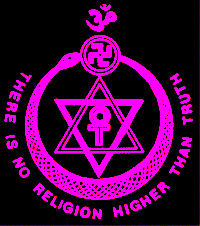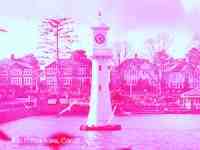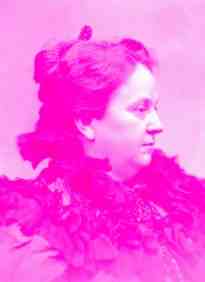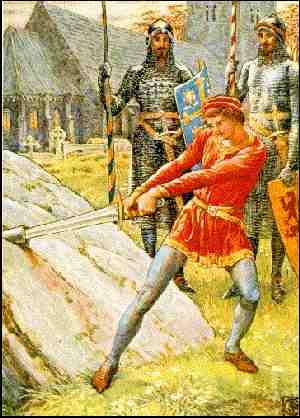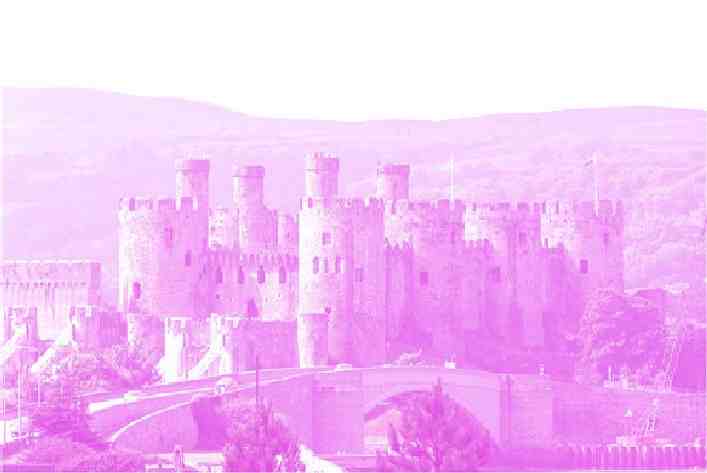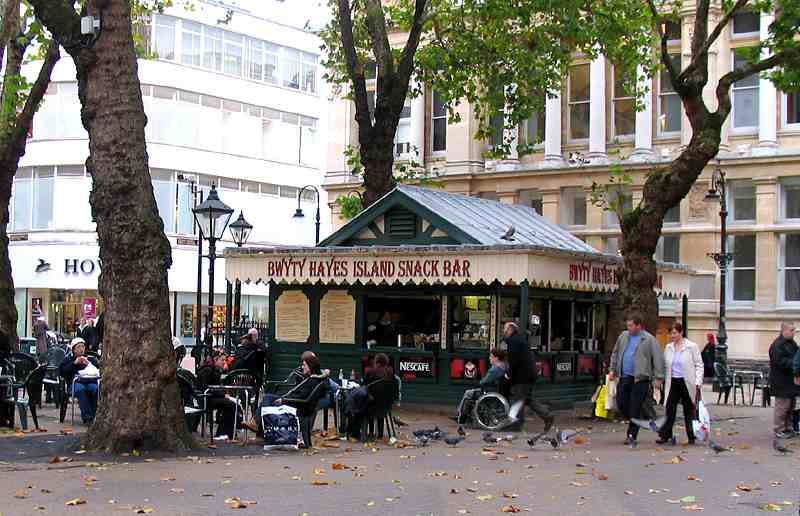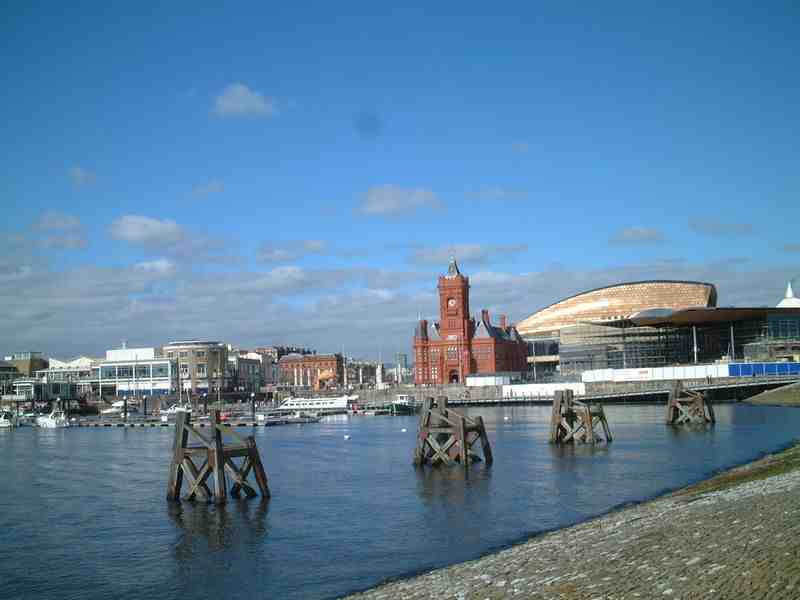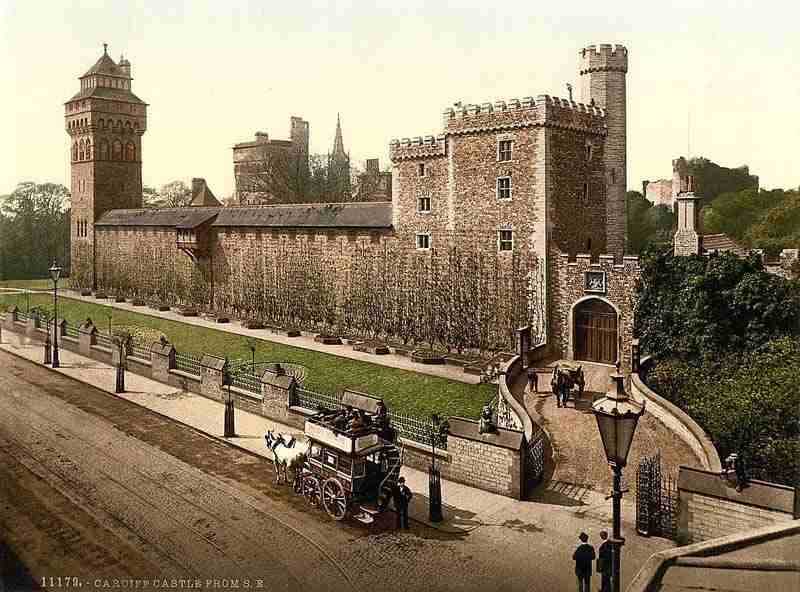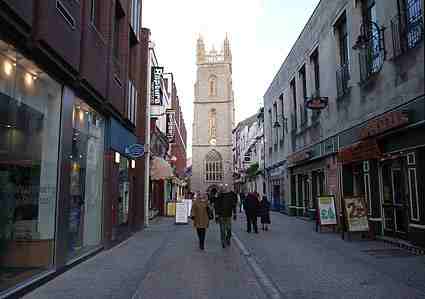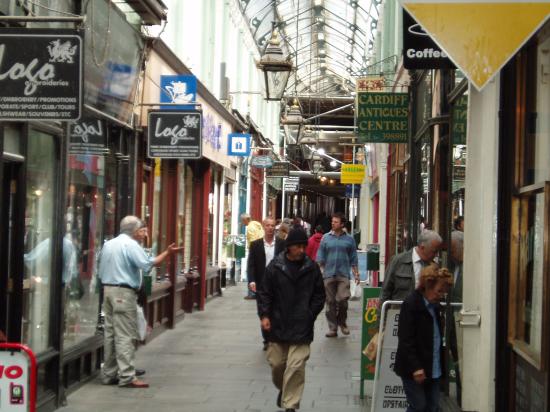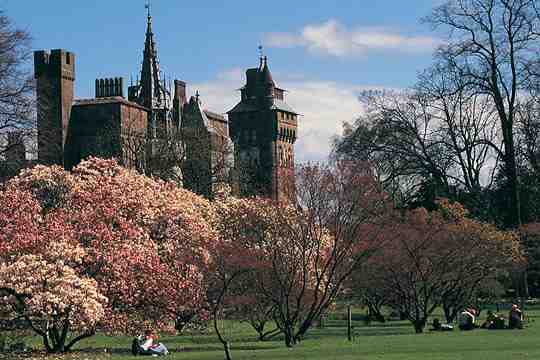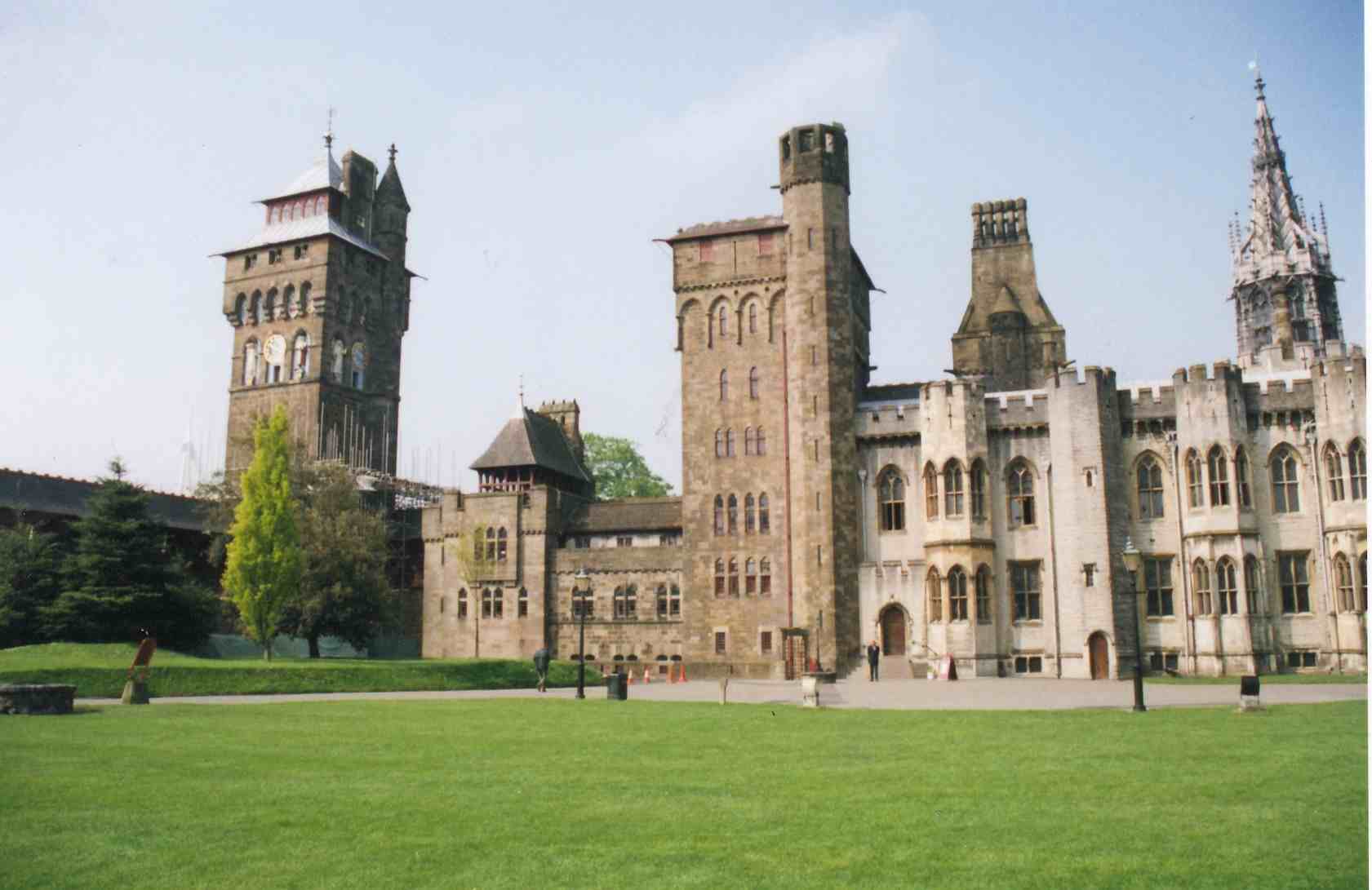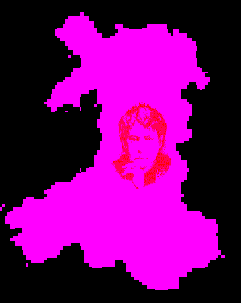The
Scott Memorial,
A
familiar
Theosophy
an outstanding
introductory work on
Theosophy by a Student of
Katherine Tingley entitled “Elementary Theosophy”
Katherine
Tingley
1847
– 1929
Founder
& President of the
Point
Loma Theosophical Society 1896 -1929
She
and her students produced a series of informative
Theosophical
works in the early years of the 20th century
ELEMENTARY
By
A Student of Katherine
Tingley
Chapter 3
Body and Soul
If we now
turn to Paul's description of man as a compound of body, soul, and spirit, we
can more easily understand what he meant.
By soul he
seems to have meant the same as we do the man himself with his will and power
of choice; by body, not only the casement of flesh, but all the impulses
arising from it which tend to pull the man downward; and by spirit, the divine
part.
The body
made up of millions of little living cells congregated into various organs,
which should all work harmoniously together is an animal, the highest of all
the animals. It is the highest because of the development of its brain; and
because of that it is a fit tenement for the soul, the man himself. Thus the
soul contacts, in the body, the highest sort of matter-life. In order that it
may do that, that it may have that experience, is, according to Theosophy, one of
the reasons why it enters the body and shares the body's life from birth to
death.
In order
to understand its entry, let us imagine a countryman suddenly set down for the
first time in the midst of a thronging city. People are hurrying in every
direction; there are a thousand sounds at once, voices, the feet of horses, the
roar of vehicles.
Accustomed
to the quiet of the country, the man would be dazed by so much activity; he
would hardly know himself. His usual current of thoughts would be broken up. It
would seem to him as if he would never find his way through the maze of
streets. Altogether it would be a sort of new birth for him, the confused
beginning of a new life.
In the
eyes of a new-born infant we can sometimes see signs of a similar bewilderment.
The soul is just then beginning to enter the little body. The body is alive
with the intense life of all its millions of active cells and organs.
Besides
all the growth and activity that is going on in the body itself, the senses are
opening and stirring and bringing in all the new sights and sounds of the outer
world. Is it not natural that in all this rush of new experiences, the soul
should forget itself and the world it has just left?
To return
to the illustration. After a while, beginning to understand his new
surroundings, the man would begin to take pleasure in them and be absorbed in
them. Laying aside all his old country habits and thoughts, he would enter
thoroughly into the new life of the city. He would become accommodated to its
ways and dive into the rushing stream of its business and activities.
His nature
might seem to change altogether and in a few years he might have lost all trace
and almost all memory of having lived the quiet life of the country. And so
again with the soul. During the first few years of its new life, after the
first confusion has worn away, it becomes thoroughly absorbed in the life of
the body.
Its
pleasures are those of the body; its aims are mostly to get more of these
pleasures; its thoughts and feelings are all occupied with the world of which
its body is a part. It thinks of the body as itself and of itself as the body.
The higher
life it had before birth is quite forgotten. And as it grows older into manhood
or womanhood and the strain of our modern competitive life begins to be felt,
its absorption into the world becomes completer. All its ambitions may be
directed to getting things for the body's comfort and luxury. Its forgetfulness
of the other life may be so complete as to lead to disbelief in it altogether,
to materialism. At best, the memory of the other life is so vague that there
are no details, no clear picture. It is so vague that we do not know that it is
memory and call it faith. And for a reason which the man therefore cannot give
to himself, but which is really this faith-memory, he accepts the accounts of
the higher life which some one of the various religious creeds gives him. But
curiously enough, though all the creeds speak of the soul entering a higher
life after death, some of them say nothing of the soul leaving the same higher
life at birth.
We can see
now why the body is sometimes spoken of as the enemy of the soul. It tends to
drown the soul's memories, the soul's knowledge of itself. It often paralyzes
the will, substituting for the will some passion of its own -- for example, to
get money or position. Such people are really slaves, not masters; though they
only know their slavery when they try to free themselves, when they try to use
their will to conquer the master passion.
We must
remember that though the body is an animal, it is an animal which has become
humanized through the presence of a human soul in its midst. The soul lights up
in it a higher intelligence than it could ever have gotten as a simple animal.
And so it
has thoughts and aims which are not possible to any of the simpler creatures
below man. If the soul yields to it constantly, never asserting its will,
letting itself be carried upon every wind of passion, the man may reach a point
at which he gives not a single sign of being a soul at all.
Some of
these people are mere sensualists, the utter slaves of some degrading passion.
But they may be highly intelligent, cruel, selfish and ambitious, without the slightest
care for the welfare of any other person. The animal has won the battle of that
life, and after death the soul's key to its own proper world is too rusty for
use.
It is by
resisting passions, by resisting selfishness, and cultivating compassion and
brotherliness, by constant aspirations, and by trying to live the life of the
higher nature, that the soul comes while in the body to a knowledge of itself
and its immortality.
For more info on Theosophy
Try these
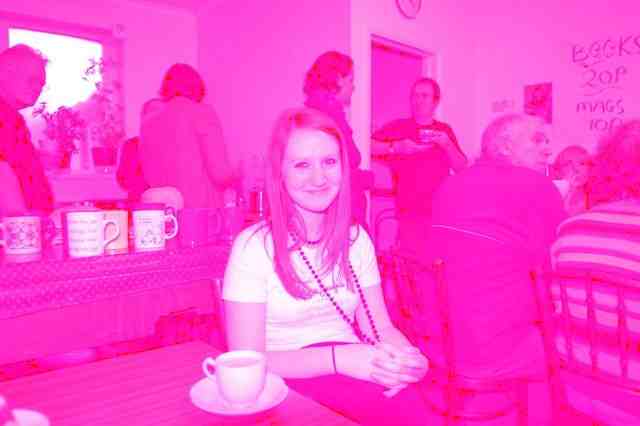
Cardiff Theosophical Society meetings
are informal
and there’s always a cup of tea afterwards
The
Cardiff Theosophical Society Website
The
National Wales Theosophy Website
Theosophy Cardiff’s Instant Guide
One liners and quick explanations
H P
Blavatsky is usually the only
Theosophist
that most people have ever
heard
of. Let’s put that right
The Voice of the Silence Website
Dave’s Streetwise Theosophy Boards
If you run a
Theosophy Study Group,
please feel free
to use any material on this site
If you run a
Theosophy Group you can use
this as an
introductory handout
It’s all “water under
the bridge” but everything you do
makes an imprint
on the Space-Time Continuum.
An
Independent Theosophical Republic
Links
to Free Online Theosophy
Study
Resources; Courses, Writings,
The main criteria
for the inclusion of
links on this
site is that they have some
relationship
(however tenuous) to Theosophy
and are
lightweight, amusing or entertaining.
Topics include
Quantum Theory and Socks,
Dick Dastardly and Legendary Blues Singers.
Lentil burgers, a
thousand press ups before breakfast and
the daily 25 mile
run may put it off for a while but death
seems to get most
of us in the end. We are pleased to
present for your
consideration, a definitive work on the
subject by a
Student of Katherine Tingley entitled
This is for
everyone, you don’t have to live
in Wales to
make good use of this Website
The
Seven Principles of Man
By
Annie
Besant
No
Aardvarks were harmed in the
The Spiritual Home of Urban Theosophy
The Earth Base for Evolutionary Theosophy
Reincarnation
This guide has been included in response
to the number of enquiries we receive on
this
subject at Cardiff Theosophical Society
From A Textbook
of Theosophy By C W Leadbeater
How We Remember our Past Lives
Life after Death & Reincarnation
The Slaughter of the
a great demand by the public for
lectures on Reincarnation
Classic Introductory Theosophy Text
A Text Book of Theosophy By C
What Theosophy Is From the Absolute to Man
The Formation of a Solar System The Evolution of Life
The Constitution of Man After Death
Reincarnation
The Purpose of Life The Planetary Chains
The Result of Theosophical Study
The Occult World
By
Alfred Percy Sinnett
The
Occult World is an treatise on the
Occult
and Occult Phenomena, presented
in readable style, by an early giant of
the
Theosophical Movement.
Preface to the American Edition Introduction
Occultism and its Adepts The Theosophical Society
First Occult Experiences Teachings of Occult Philosophy
Later Occult Phenomena Appendix
by
Annie Besant
THE PHYSICAL
PLANE THE ASTRAL PLANE
KÂMALOKA THE MENTAL PLANE DEVACHAN
THE BUDDHIC AND
NIRVANIC PLANES
THE THREE KINDS OF KARMA COLLECTIVE KARMA
THE LAW OF
SACRIFICE MAN'S ASCENT
______________________
Annie Besant Visits Cardiff 1924
National Wales Centre for Theosophy
Blavatsky Wales Theosophy Group
Selection of H P Blavatsky’s Writings
Theosophy Birmingham (England)
The Birmingham Annie Besant Lodge
_______________________
Tekels Park
to be Sold to a Developer
Concerns about the fate of the wildlife as
Tekels Park is to be Sold to a Developer
Concerns are raised about the fate of the wildlife as
The Spiritual Retreat, Tekels Park in Camberley,
Surrey, England is to be sold to a developer.
Tekels Park is a 50 acre woodland
park, purchased
for the Adyar Theosophical Society in England
in 1929.
In addition to concern about the
park, many are
worried about the future of the Tekels Park
Deer
as they are not a protected species.
Confusion as the Theoversity moves out of
Tekels Park to Southampton, Glastonbury &
Chorley in Lancashire while the leadership claim
that the Theosophical Society will carry on
using
Tekels Park despite its sale to a developer
Anyone planning a “Spiritual” stay at
the
Tekels Park Guest House should be
aware of the sale.
Tekels Park & the Loch Ness Monster
A Satirical view
of the sale of Tekels Park
in Camberley,
Surrey to a developer
The Toff’s Guide to the Sale of Tekels Park
What the men in
top hats have to
say about the
sale of Tekels Park
________________________
The Theosophy
The Theosophy Cardiff Guide to
The Theosophy Cardiff Guide to
The Theosophy Cardiff Guide to
The Terraced Maze of Glastonbury Tor
Glastonbury and
Joseph of Arimathea
The Grave of King Arthur & Guinevere
Views of Glastonbury High Street
The Theosophy Cardiff Guide to
Guide to the
Theosophy
Arthur draws
the Sword from the Stone
The Knights of The Round Table
The Roman Amphitheatre at Caerleon,
Eamont Bridge, Nr Penrith, Cumbria, England.
Geoffrey of Monmouth
(History of the Kings of Britain)
The reliabilty of this work has long been a subject of
debate but it is the first definitive account of Arthur’s
Reign
and one which puts Arthur in a historcal context.
and his version’s political agenda
According to Geoffrey of Monmouth
The first written mention of Arthur as a heroic figure
The British leader who fought twelve battles
King Arthur’s ninth victory at
The Battle of the City of the Legion
King Arthur ambushes an advancing Saxon
army then defeats them at Liddington Castle,
Badbury, Near Swindon, Wiltshire, England.
King Arthur’s twelfth and last victory against the Saxons
Traditionally Arthur’s last battle in which he was
mortally wounded although his side went on to win
No contemporary writings or accounts of his life
but he is placed 50 to 100 years after the accepted
King Arthur period. He refers to Arthur in his inspiring
poems but the earliest written record of these dates
from over three hundred years after Taliesin’s death.
Pendragon Castle
Mallerstang Valley, Nr Kirkby Stephen,
A 12th Century Norman ruin on the site of what is
reputed to have been a stronghold of Uther Pendragon
From wise child with no
earthly father to
Megastar of Arthurian
Legend
History of the Kings of Britain
Drawn from the Stone or received from the Lady of the Lake.
Sir Thomas Malory’s Le Morte d’Arthur has both versions
with both swords called Excalibur. Other versions
5th & 6th Century Timeline of Britain
From the departure of the Romans from
Britain to the establishment of sizeable
Anglo-Saxon Kingdoms
Glossary of
Arthur’s uncle:- The puppet ruler of the Britons
controlled and eventually killed by Vortigern
Amesbury, Wiltshire, England. Circa 450CE
An alleged massacre of Celtic Nobility by the Saxons
History of the Kings of Britain
Athrwys / Arthrwys
King of Ergyng
Circa 618 - 655 CE
Latin: Artorius; English: Arthur
A warrior King born in Gwent and associated with
Caerleon, a possible Camelot. Although over 100 years
later that the accepted Arthur period, the exploits of
Athrwys may have contributed to the King Arthur Legend.
He became King of Ergyng, a kingdom between
Gwent and Brycheiniog (Brecon)
Angles under Ida seized the Celtic Kingdom of
Bernaccia in North East England in 547 CE forcing
Although much later than the accepted King Arthur
period, the events of Morgan Bulc’s 50 year campaign
to regain his kingdom may have contributed to
Old Welsh: Guorthigirn;
Anglo-Saxon: Wyrtgeorn;
Breton: Gurthiern; Modern Welsh; Gwrtheyrn;
*********************************
An earlier ruler than King Arthur and not a heroic figure.
He is credited with policies that weakened Celtic Britain
to a point from which it never recovered.
Although there are no contemporary accounts of
his rule, there is more written evidence for his
existence than of King Arthur.
How Sir Lancelot slew two giants,
From Sir Thomas Malory’s Le Morte d’Arthur
How Sir Lancelot rode disguised
in Sir Kay's harness, and how he
From Sir Thomas Malory’s Le Morte d’Arthur
How Sir Lancelot jousted against
four knights of the Round Table,
From Sir Thomas Malory’s Le Morte d’Arthur
Quick Explanations with Links to More Detailed Info
What is Theosophy ? Theosophy Defined (More Detail)
Three Fundamental Propositions Key Concepts of Theosophy
Cosmogenesis Anthropogenesis Root Races
Ascended Masters After Death States
The Seven Principles of Man Karma
Reincarnation Helena Petrovna Blavatsky
Colonel Henry Steel Olcott William Quan Judge
The Start of the Theosophical
Society
History of the Theosophical Society
Theosophical Society Presidents
History of the Theosophical
Society in Wales
The Three Objectives of the
Theosophical Society
Explanation of the Theosophical
Society Emblem
The Theosophical Order of
Service (TOS)
Glossaries of Theosophical Terms
Index
of Searchable
Full
Text Versions of
Definitive
Theosophical
Works
H P Blavatsky’s Secret Doctrine
Isis Unveiled by H P Blavatsky
H P Blavatsky’s Esoteric Glossary
Mahatma Letters to A P Sinnett 1 - 25
A Modern Revival of Ancient Wisdom
(Selection of Articles by H P Blavatsky)
The Secret Doctrine – Volume 3
A compilation of H P Blavatsky’s
writings published after her death
Esoteric Christianity or the Lesser Mysteries
The Early Teachings of The Masters
A Collection of Fugitive Fragments
Fundamentals of the Esoteric Philosophy
Mystical,
Philosophical, Theosophical, Historical
and Scientific
Essays Selected from "The Theosophist"
Edited by George
Robert Stow Mead
From Talks on the Path of Occultism - Vol. II
In the Twilight”
Series of Articles
The In the
Twilight” series appeared during
1898 in The
Theosophical Review and
from 1909-1913
in The Theosophist.
compiled from
information supplied by
her relatives
and friends and edited by A P Sinnett
Letters and
Talks on Theosophy and the Theosophical Life
Obras
Teosoficas En Espanol
Theosophische
Schriften Auf Deutsch

General pages about Wales, Welsh History
and The History of Theosophy in Wales
Conwy Castle on
the North Wales Coast
Wales is a
Principality within the United Kingdom and
has an eastern
border with England.
The land area is
just over 8,000 square miles.
Snowdon in North
Wales is the highest mountain at 3,650 feet.
The coastline is
almost 750 miles long.
The population of Wales as at the 2001 census is 2,946,200.
Try these if you don’t
live in
and are looking for a
Local Theosophy Group or
Centre
UK Listing of Theosophical Groups
____________________________
___________________________
Cardiff
Theosophical Society in Wales
Cardiff, Wales, UK. CF24 – 1DL
_____________________________
Cardiff Picture Gallery
The
Hayes Cafe
Outside
Royal
The
Original Norman Castle which stands inside
the
Grounds of the later
Inside
the Grounds at
Cardiff Theosophical Society in Wales
